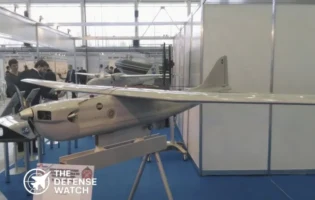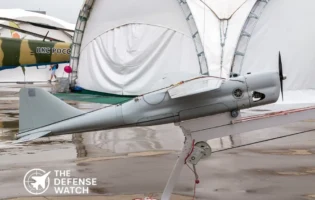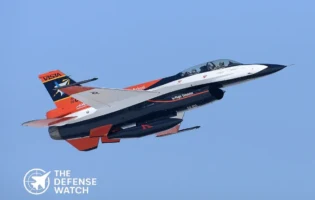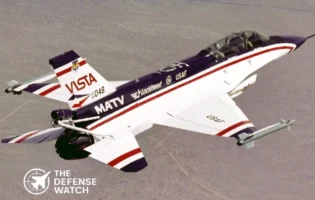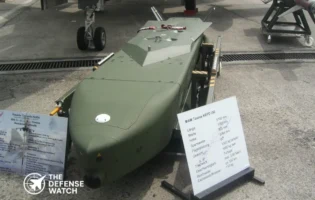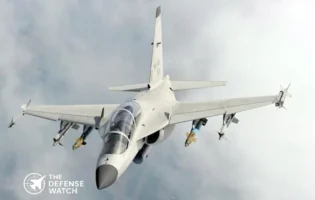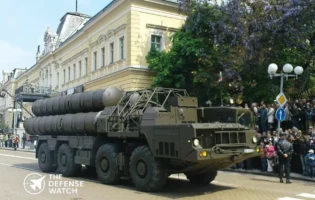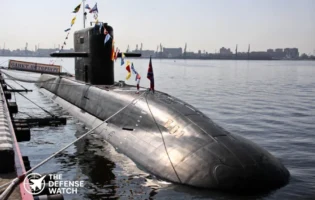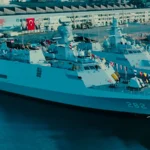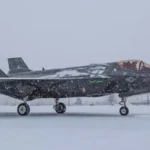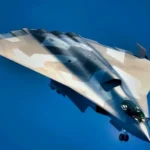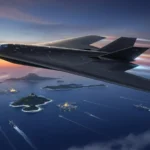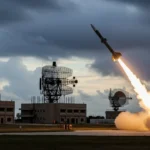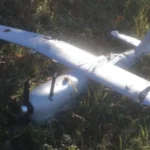- Home
- Catalog
- Defense Systems
- NASAMS – Advanced Norwegian Surface-to-Air Missile System
NASAMS – Advanced Norwegian Surface-to-Air Missile System


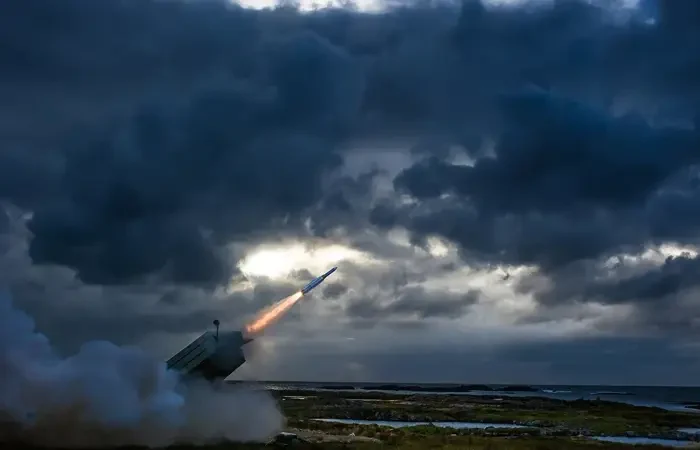
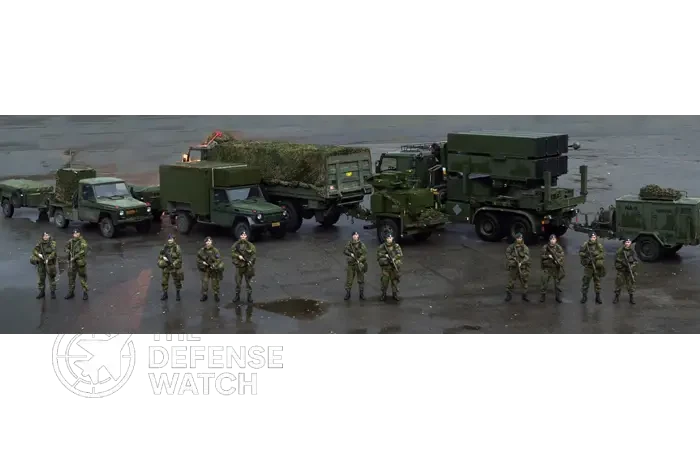



Full Specifications
1. General Information
| System Name | NASAMS (Norwegian Advanced SAM) |
| Manufacturer | Kongsberg Defence & Aerospace / Raytheon |
| Country of Origin | Norway / United States |
| Type / Role | Medium-Range Surface-to-Air Missile |
| In Service | Yes |
| Year Introduced | 1998 |
| Unit Cost | USD 80–100 Million (per Battery) |
2. Performance & Capabilities
| Maximum Engagement Range | 40 km |
| Maximum Engagement Altitude | 21 km |
| Target Types | Aircraft, Cruise Missiles, UAVs |
| Interception Probability | 85–90% |
| Reaction Time | 10 seconds |
| Radar Detection Range | 100–120 km |
3. Missile Specifications
| Missile Type | AIM-120 AMRAAM / AMRAAM-ER |
| Missile Length | 3.7 m |
| Missile Weight | 152 kg |
| Warhead Type | High-Explosive Fragmentation |
| Warhead Weight | 22 kg |
| Speed | Mach 4 |
4. Radar & Fire Control
| Radar Type | 3D Active Electronically Scanned Array |
| Radar Name | AN/MPQ-64 Sentinel / GhostEye MR |
| Detection Range | 100+ km |
| Tracking Capacity | 60+ Targets |
| Guidance System | Active Radar Homing |
| Fire Control System | FDC (Fire Distribution Center) |
5. Launcher & Mobility
| Launcher Type | Mobile / Truck-Mounted |
| No. of Missiles per Launcher | 6 |
| Reload Time | 30 minutes |
| Mobility Platform | Tatra 8x8 / HEMTT Truck |
| Crew Required | 3–5 personnel |
6. Command & Control
| C2 System | Fire Distribution Center (FDC) |
| Connectivity | Link-16 / NATO Data Links |
| Network Capability | Yes (Integrated Air Defense Network) |
| Operation Mode | Autonomous / Networked / Remote Control |
7. Operational Use
| Primary Operator | USA, Norway, Ukraine, Spain, Australia |
| Combat Proven | Yes |
| Conflict History | Ukraine War (2022–present) |
| Notable Feature | Homeland defense around Washington D.C. |
PROS
- Highly modular and scalable architecture
- Networked operations via Link-16
- Compatible with multiple missile types
- Rapid reaction and high hit probability
- Combat-proven reliability in multiple countries
CONS
- Limited range compared to long-range SAMs
- Requires multiple components for full coverage
- High operational cost per battery
- Vulnerable to electronic warfare interference
- Limited performance against hypersonic threats
NASAMS – Advanced Norwegian Surface-to-Air Missile System
The NASAMS (Norwegian Advanced Surface-to-Air Missile System) is one of the world’s most advanced medium-range air defense systems, designed to counter a wide range of aerial threats including aircraft, drones, and cruise missiles. Jointly developed by Kongsberg Defence & Aerospace (Norway) and Raytheon Technologies (USA), NASAMS has become a preferred choice among NATO members and U.S. allies for its superior flexibility, scalability, and proven combat reliability.
Operational since the 1990s, NASAMS employs the AIM-120 AMRAAM (Advanced Medium-Range Air-to-Air Missile) and can integrate with other interceptors like the AMRAAM-ER and AIM-9X Sidewinder, offering layered defense capabilities. The system operates through a network-centric architecture, connecting multiple launchers, radars, and command posts for coordinated engagements across a wide area.
NASAMS’s radar coverage of over 100 km and engagement range up to 40 km provide strong point and area defense capabilities. Its distributed fire units enable high survivability and reduced vulnerability to saturation attacks. The FDC (Fire Distribution Center) allows real-time data exchange with other NATO systems using Link 16, ensuring full interoperability within modern integrated air defense networks.
The United States uses NASAMS to protect Washington D.C., and the system has been deployed in over a dozen countries, including Ukraine, Spain, Australia, and the Netherlands.
NASAMS Price in United State
The NASAMS Price in United State is estimated between USD 80 million to USD 100 million per battery, depending on configuration, radar type, and missile loadout. The U.S. Army and Air Force have integrated NASAMS into homeland defense architecture for strategic protection of key assets and urban centers.
Reviews
Disclaimer Note
The information provided on TheDefenseWatch.com is for general informational purposes only. While we strive to ensure the accuracy, completeness, and timeliness of our content regarding defense and aerospace products, technologies, and specifications, we cannot guarantee that all information is 100% accurate or up-to-date due to the evolving nature of military technology and classified data. TheDefenseWatch.com does not warrant the reliability, suitability, or availability of the information for any specific purpose. Users are advised to consult official sources, such as manufacturers, government publications, or defense agencies, for precise and verified data before making decisions based on our content. We are not affiliated with any defense manufacturers, governments, or military organizations mentioned. Opinions, reviews, and ratings reflect expert analysis but are subjective and should not be considered endorsements. TheDefenseWatch.com is not responsible for any errors, omissions, or consequences arising from the use of this website’s content. External links are provided for convenience and do not imply endorsement. TheDefenseWatch.com reserves the right to update or modify content without prior notice. By using this website, you agree to our Privacy & Cookies Policy.

